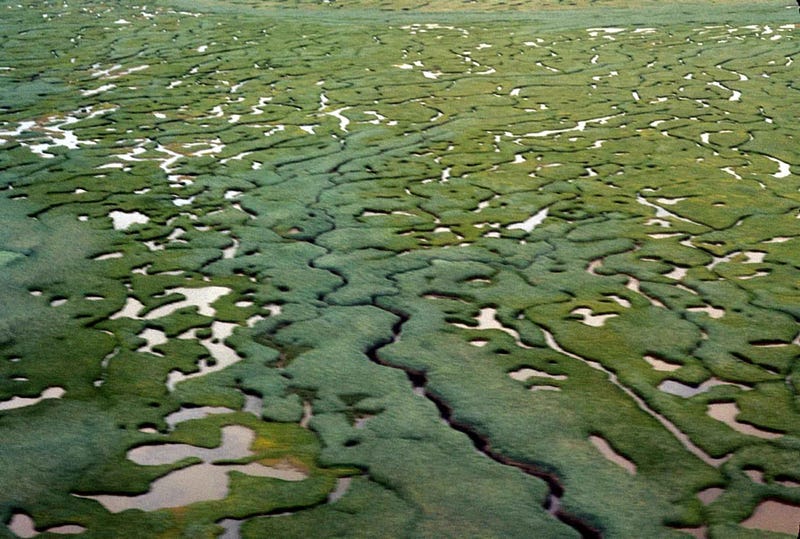Dramatic Surge in Atmospheric Methane: A Growing Concern
Written on
Chapter 1: Overview of Methane Emissions
Wetlands are significant contributors to methane emissions, but how does global warming affect these releases? Alarm bells are ringing as recent data shows a substantial increase in atmospheric methane levels, suggesting we may have reached a critical threshold. This uptick indicates that warming may be prompting wetlands to release more methane into the atmosphere.
Data Insights from NOAA
The most current information comes from NOAA's January report. Analyzing the data from the past four years reveals alarming trends.

The red line in the graph illustrates monthly measurements, while the black line represents the long-term average.
Key Finding: Methane concentrations surpassed 1,900 parts per billion last year, an unprecedented figure. In historical context, methane levels fluctuated between 300-400 parts per billion during glacial periods and 600-700 during interglacial periods, making last year's reading particularly alarming.
Why Does Methane Matter?
Though carbon dioxide (CO2) often dominates discussions about greenhouse gases, methane (CH4) is approximately 20-30 times more effective at trapping heat in the atmosphere. This means that while methane levels are significantly lower than CO2, their impact on global warming is substantial.
Radiative Forcing Explained
Radiative forcing refers to the alteration of the Earth's energy balance, a crucial aspect of climate change. Increased greenhouse gases, including methane, allow the Earth to retain more solar energy, contributing to global warming. Methane accounts for about 20% of the warming effect, underscoring its critical role in the climate crisis.
Contextualizing the Methane Surge
To understand the recent spike in methane levels, we need to consider the trends over the past 40 years.

The data indicates that after a period of stability, methane levels began to rise sharply around 2007, raising concerns that we may have reached a tipping point. Euan Nisbet, an Earth scientist, warns that these escalating emissions pose a serious threat to global efforts aimed at limiting temperature increases to 1.5–2 °C above pre-industrial levels.
The Source of Increased Methane Emissions
Determining the exact sources of this methane surge remains challenging, but certain trends are evident.
Carbon-12 (C12) and Carbon-13 (C13) isotopes provide clues about methane's origins. Biological processes, such as those from livestock or wetlands, typically yield lower C13 levels compared to methane formed through geological processes.

Since 2007, the decline in C13 levels suggests that the increase in methane is largely biological, pointing to the role of natural processes rather than fossil fuel extraction.
What Do We Know?
We can confirm that methane is a potent greenhouse gas, with levels spiking since 2007 and largely of biological origin. However, questions remain about the specific sources of these emissions.
Recent data illustrates the contributions from various sectors.

While certain emissions stem from human activities, such as oil and gas extraction, there are clear opportunities for improvement. For instance, a report highlighted that 30 oil and gas facilities in the southwestern U.S. emitted around 100,000 tonnes of methane over three years, equivalent to the annual warming impact of half a million cars.
Commitment to Change
Recognizing the urgency, nations including the U.S. have pledged to reduce methane emissions by 30% from 2020 levels by 2030, as part of the Global Methane Pledge established at COP26. Although this represents progress, concerns linger that we may have already passed a critical tipping point.
The hope is that such fears remain unfounded.
Chapter 2: The Current Situation and Future Steps
This video explores the alarming rise in atmospheric methane levels and the potential consequences for climate change.
In this video, experts discuss rapid increases in atmospheric methane and propose methods like ISA to mitigate global concentrations.